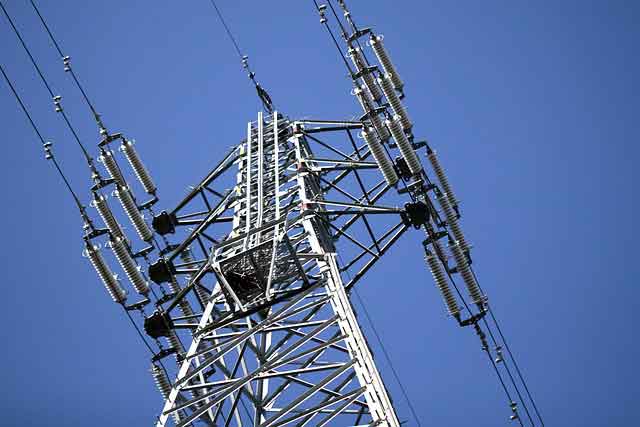NERC Issues Projection for US Electricity Supply
The North American Electric Reliability Council issued its projection for the U.S. electricity supply through 2009 and found that thus far there is enough new commercial generation capacity in the pipeline for the short term.
"Merchant plant developers have announced plans to construct more than 190,000 megawatts of new generation by 2004," NERC said in a release. "Although it is unlikely that all of this new capacity will be constructed, if even half of that capacity makes it to completion, capacity margins will be adequate."
NERC, which oversees the 10 regional reliability councils that oversee the transmission of wholesale electricity around the country, said that the prospects for the second half of the decade appeared to hold no major obstacles, although the situation could change with factors such as fuel costs, environmental regulations and the political climate.
"Although North America's electric systems are expected to have satisfactory capacity margins, there may be isolated areas where problems may occur, depending upon weather, generating unit availability, demand growth, and the ability of the transmission systems to move electricity from generating sources to demand centers," NERC said.
As the wholesale power industry continues to deregulate -- as the healthy economy gobbles up increasing amounts of electricity -- there are concerns among regulators, lawmakers and utility companies that the power grid could be overwhelmed and not be able to produce enough power to consumers.
NERC concluded that while there were enough power plants slated for construction, transmitting the additional voltage across vast distances might grow more difficult as power-line construction lags.
"Very few transmission facilities are expected to be added during the next decade," NERC said. "This means that transmission congestion and limitations will increase."
The report projected that another 8,445 miles of heavy-duty 230-kilovolt transmission lines would be built in the coming 10 years, which sounds impressive enough, however it only increases the national grid by 4.2 percent.
Deregulation and increasing demand will require that technicians at the reliability councils keep a close eye on the system to make sure that a drop in power in one area does not create a ripple effect that would be felt over a larger area.
Related News

Diesel Prices Return to Pre-Ukrainian Conflict Levels
FRANCE - In a significant development for French consumers and businesses alike, diesel prices in France have recently fallen back to levels last seen before the Ukrainian conflict began. This drop comes as a relief to many who have been grappling with volatile energy costs and their impact on the cost of living and business operations. The return to lower diesel prices is a noteworthy shift in the energy landscape, with implications for the French economy, transportation sector, and broader European market.
Context of Rising Diesel Prices
The onset of the Ukrainian conflict in early 2022 triggered a dramatic increase…





